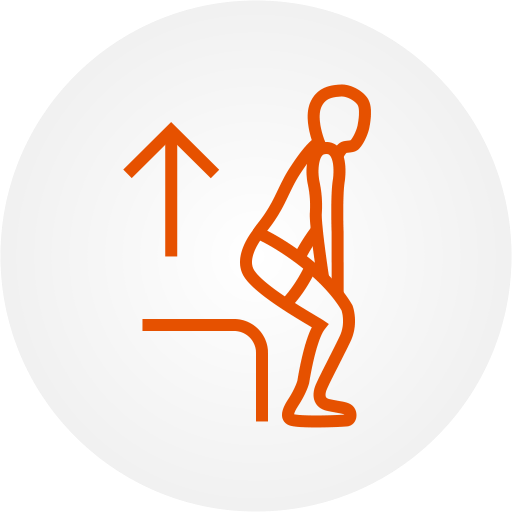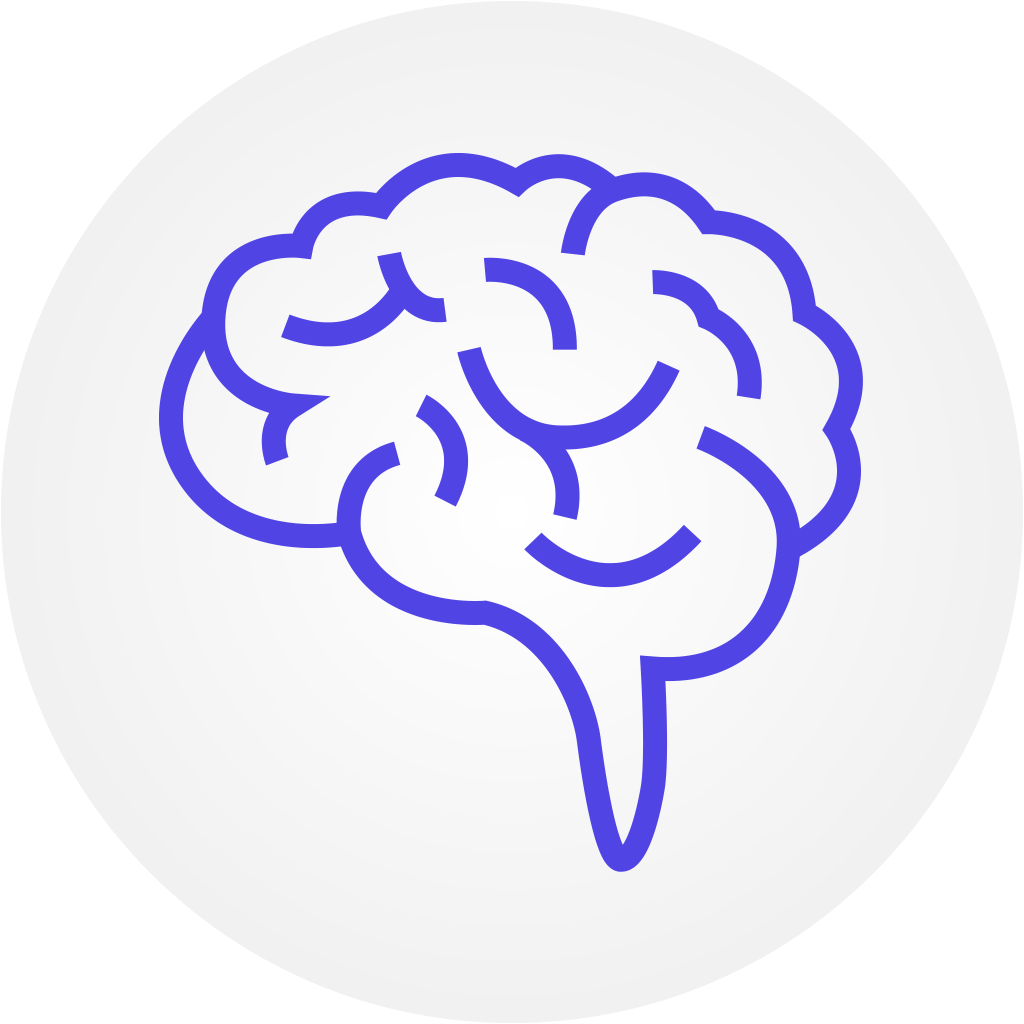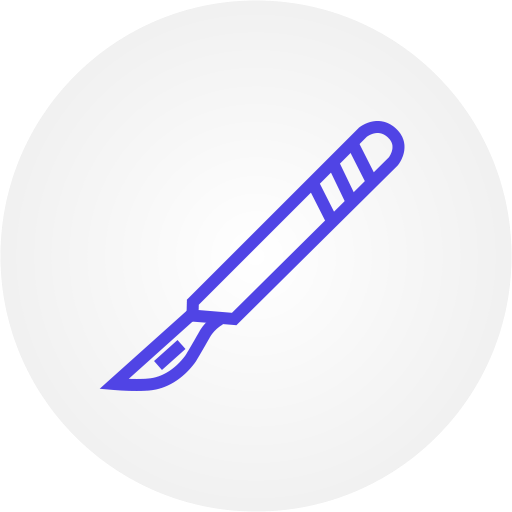Our team continues to update our apps and simulations in accordance with updated literature and guidelines. We highly value user feedback as this helps us to improve our users' experience with the simulations. Recently, our neuroanatomy, assistive devices, acute care, and neurologic mini and micro simulations have been updated. First and foremost, all objectives have been improved according to Bloom's Taxonomy so educators and learners will have a better understanding of what the simulation will accomplish. Errors with playability and navigation have been solved, closed captioning and alternate text has been reviewed to ensure accessibility standards are met, and terminology has been adapted to include clinicians across disciplines.
Additional changes have been made to certain simulations including the following:
Neuroanatomy microlearning: all simulations will have feedback for every question to enhance the learner's experience.























